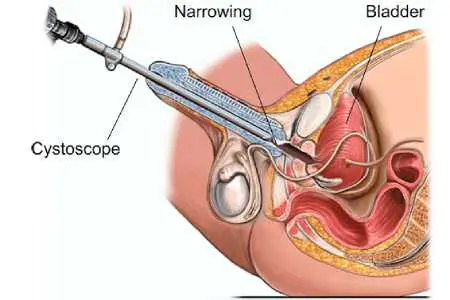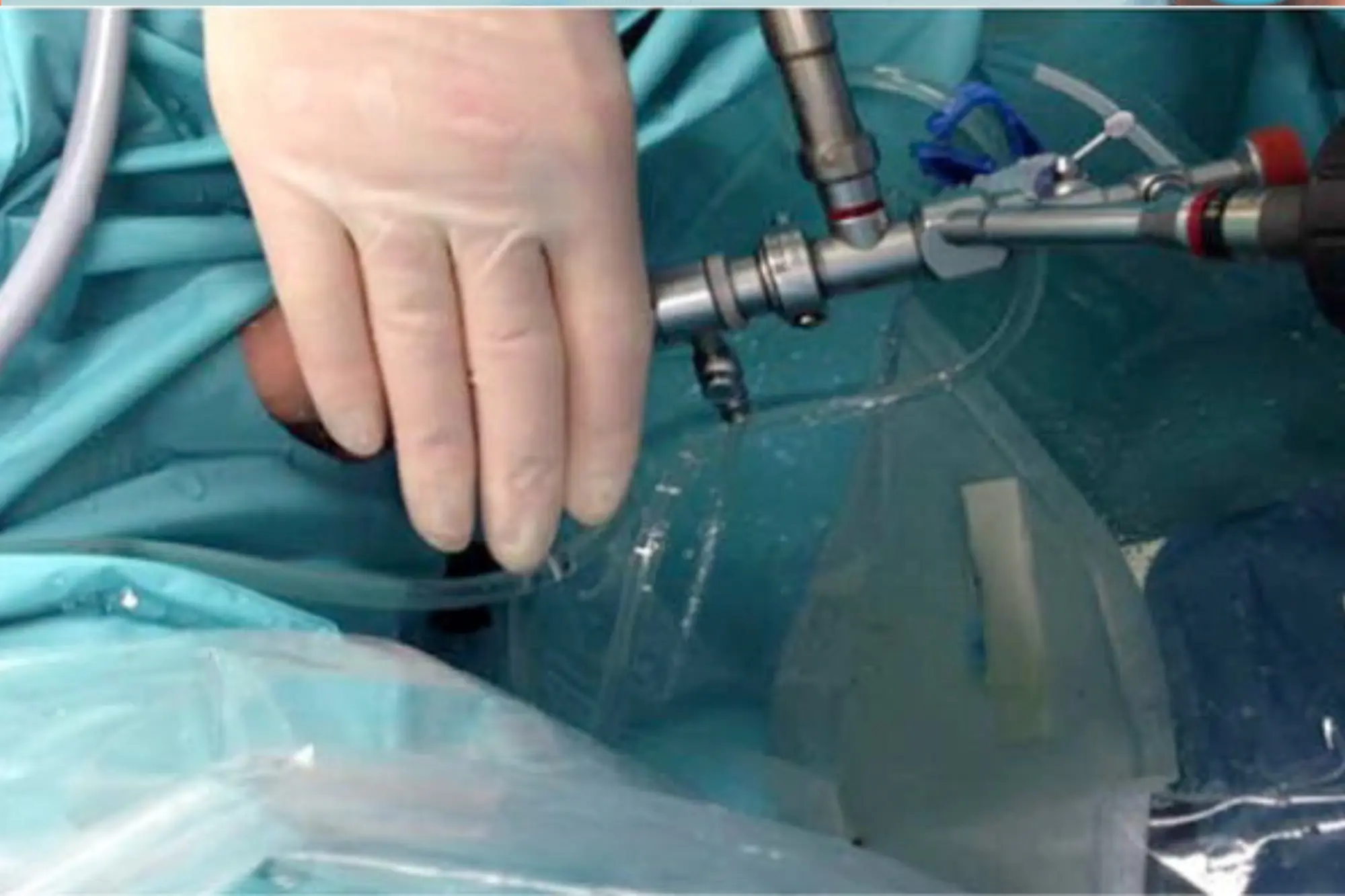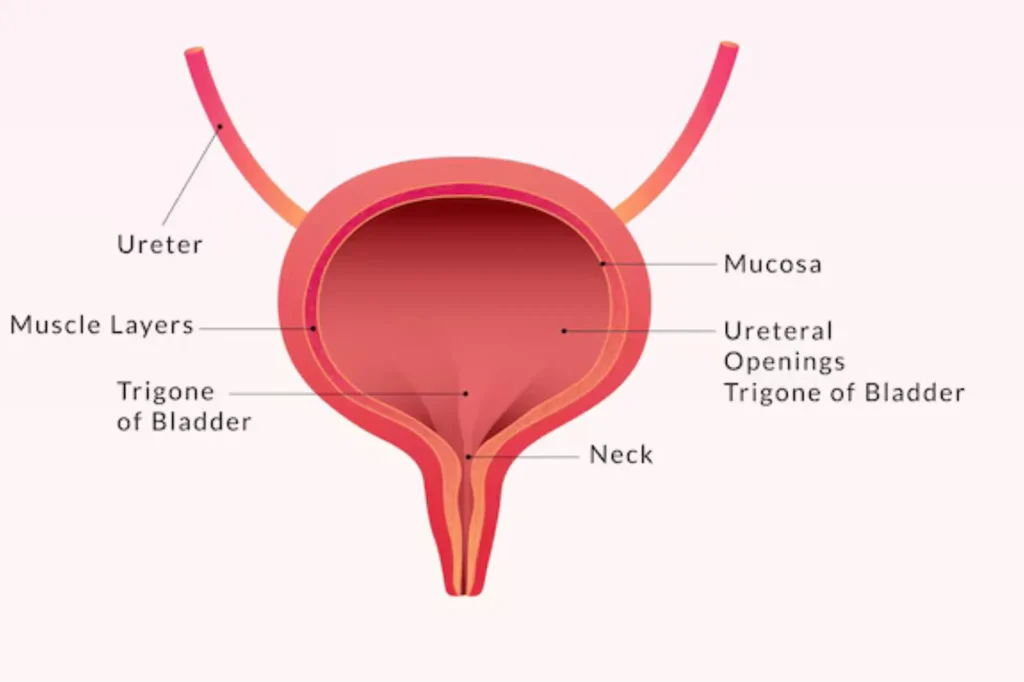KidneyStone Cystolithotripsy
Cystolithotripsy is a minimally invasive procedure used to break down and remove bladder stones. It is performed endoscopically, providing a quicker recovery and less discomfort than open surgery.
- Home
- Service
- KidneyStone Cystolithotripsy

Description
Bladder stones can form due to urinary retention, infection, or long-standing catheter use. When these stones are too large or symptomatic, cystolithotripsy is a preferred method. This procedure uses a cystoscope inserted through the urethra to visualize the stone and break it using laser, ultrasonic, or pneumatic energy.
Unlike open surgery, cystolithotripsy doesn’t require an incision, making it a safer option with fewer complications. It is ideal for patients with moderate-sized bladder stones, especially those unfit for major surgery. Patients usually go home the same day or after a short observation period, followed by recommendations to prevent recurrence.
Unlike open surgery, cystolithotripsy doesn’t require an incision, making it a safer option with fewer complications. It is ideal for patients with moderate-sized bladder stones, especially those unfit for major surgery. Patients usually go home the same day or after a short observation period, followed by recommendations to prevent recurrence.
Conditions Treated
- Moderate-sized bladder stones
- Recurrent urinary infections due to bladder stones
- Bladder outlet obstruction with calculi
- Stones formed from prolonged catheterization
- Bladder stones with benign prostatic hyperplasia (BPH)
Tests and Treatments Offered
- Ultrasound or X-Ray KUB
- CT Scan
- Urine Analysis and Culture
- Blood Tests
- Cystolithotripsy (Laser or Pneumatic)
- Post-procedure Hydration
Special Offer on Kidney Stone Cystolithotripsy
Actual Price
₹40,000
₹35,000/- Only
Estimated Stay: 1 Day
Book Appointment
How it works
Procedure and Process Treatment

Diagnostic Imaging and Planning
Stone size, shape, and position are confirmed using imaging techniques to decide the type of energy (laser/pneumatic).

Insertion of Cystoscope
Under anesthesia, a cystoscope is passed through the urethra to reach the bladder for visual guidance.

Stone Fragmentation
The stone is broken into small pieces using a laser or pneumatic probe inside the bladder.

Flushing Out the Fragments
The crushed stone particles are washed out or removed via suction. A catheter may be placed temporarily for drainage.

Stone-Free Bladder, No Scars Left Behind
Cystolithotripsy offers a modern, scarless solution to bladder stones with minimal discomfort and downtime. With expert care and regular follow-up, it helps patients reclaim their comfort and urinary health.
Frequently Asked Questions
Get answers to common questions about Cystolithotripsy:
No, the procedure is done under anesthesia, and most patients experience only mild discomfort afterward.
It’s usually a day-care procedure, but some patients may stay overnight depending on recovery speed.
Most patients resume light activity within 1–2 days and full activity in about a week.


